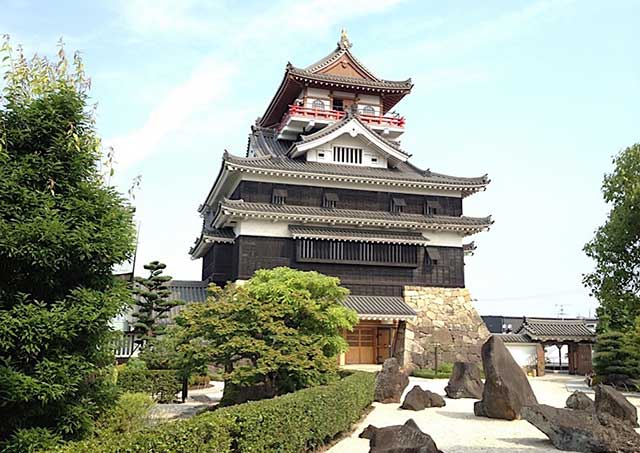
Kiyosu Castle was initially constructed around 1405 by Shiba Yoshishige, the Governor of Owari, serving as a major strategic defense and later as the seat of power for the Owari region (now Aichi Prefecture). One branch of the Oda clan, administrators of Owari, took control of southern Owari and Kiyosu Castle from 1476, while the other branch was based in Iwakura Castle, overseeing northern Owari.
Kiyosu Castle was the launch point for many significant samurai battles during the turbulent Sengoku, or Warring States Period (1450-1615), including the battles of Okehazama (1560), Anegawa (1570), Nagashino (1575), and Sekigahara (1600).
In 1555, after the death of his father, Oda Nobunaga enlisted the help of his uncle, Oda Nobumitsu, to attack and kill Oda Nobutomo, the clan leader at Kiyosu Castle. Nobunaga subsequently relocated from Nagoya Castle to Kiyosu. Two years later, he discovered a plot by his younger brother, Nobuyuki, to overthrow him. Feigning illness, Nobunaga drew Nobuyuki close and assassinated him within Kiyosu Castle, thereby eliminating opposition and ensuring clan stability.
Kiyosu remained Nobunaga’s base for many years, during which time the city flourished due to his economic reforms and enhanced security. The castle grounds once spanned 1.6 kilometers east-west and 2.8 kilometers north-south, featuring an outer, central, and inner moat system.
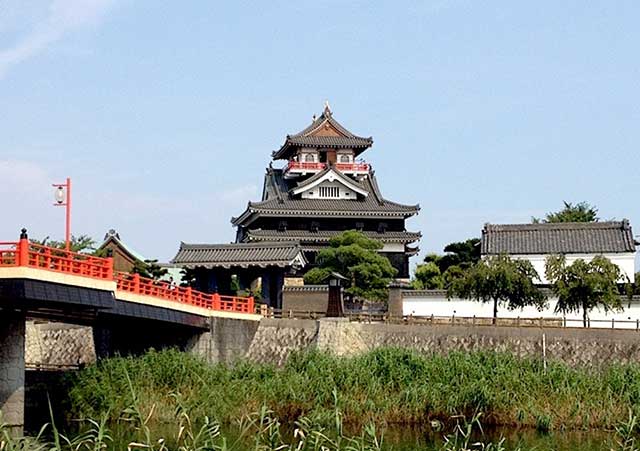
On July 16, 1582, just weeks after Nobunaga’s death at Honno-ji Temple in Kyoto, an important meeting regarding the Oda clan’s succession, known as the Kiyosu Conference, was held at Kiyosu Castle. Top Oda retainers, including Shibata Katsuie, Toyotomi Hideyoshi, Niwa Nagahide, and Ikeda Tsuneoki, gathered to decide on Nobunaga’s successor. With Nobunaga’s designated heir, Nobutada, having died at Nijo Castle, the succession was contested between Toyotomi Hideyoshi, who supported Oda Samboshi (Nobunaga’s infant grandson), and Shibata Katsuie, who backed Nobunaga’s third son, Nobutaka. The conference ended without resolution, leading to escalating tensions between Hideyoshi and Katsuie, culminating in the Battle of Shizugatake. Ultimately, Hideyoshi triumphed, leading to Katsuie’s defeat and suicide, and Hideyoshi's eventual domination of Japan.
Following the Battle of Sekigahara in 1600, Kiyosu Castle saw various masters. It was reconstructed in concrete in 1989 across a small river from its original location. The actual site of the keep now features the "Kiyosu Furusato no Yakata," a small rest area and souvenir stall. Surprisingly, the JR train lines and Bullet Train lines run directly through the old castle site. The southern half of Kiyosu Castle is now a park with statues of Oda Nobunaga in full armor and his wife, Princess No-Hime.
The current reconstructed Kiyosu Castle serves as a symbol of Kiyosu City and houses a well-planned museum featuring fascinating displays and artifacts related to the castle’s history and its role in the Period of Warring States.
See also
-
Aizu-Wakamatsu Castle
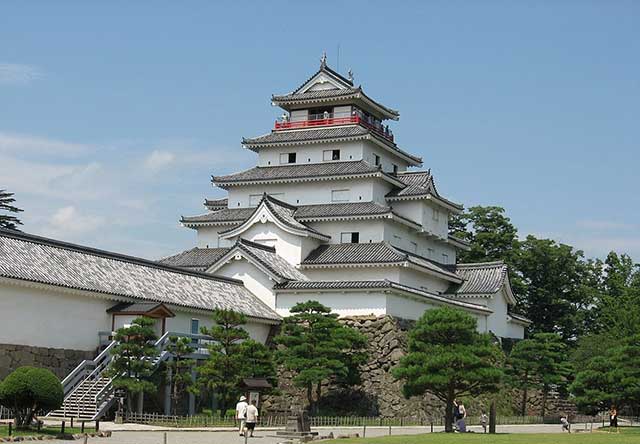
Aizu-Wakamatsu is the most powerful and at the same time the oldest castle in the Tōhoku region in the north of Honshu Island. Its history begins in the 14th century and is closely connected with the Ashina clan, whose members claimed descent from the legendary Taira family.
-
Maruoka Castle
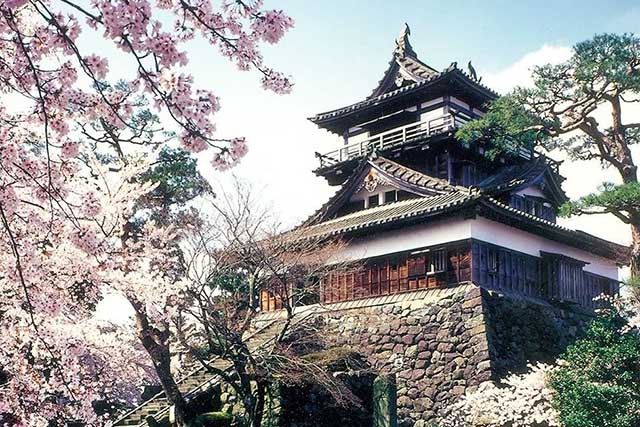
Maruoka Castle is located in the central part of the former city of Maruoka, which is now part of the city of Sakai. This area lies in the northeastern part of Fukui Prefecture. The castle was built on the bank of the Kuzuryu River, on the side opposite Fukui City, which once served as the administrative center of the former Echizen Province. Thanks to its location, Maruoka held significant strategic importance, as it controlled two major routes at once: the Hokurikudo highway leading from Kaga Province and the Mino Kaido road connecting these lands with Mino Province.
-
Marugame Castle
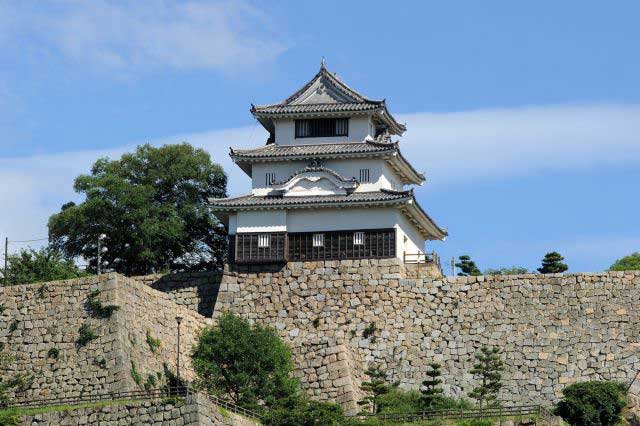
Marugame is part of the so-called “Authentic Dozen,” a group of twelve castles whose donjons have survived to the present day without major reconstructions since the Edo period.
-
Iyo Matsuyama Castle
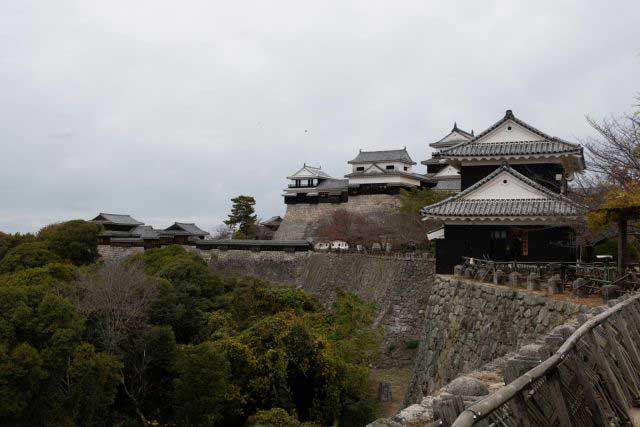
Historically, the center of Iyo Province—corresponding to today’s Ehime Prefecture on the island of Shikoku—was the city of Imabari, while the Matsuyama area was regarded as an agricultural hinterland with broad plains and low hills. During the Muromachi period, the central part of the province was governed by the Kano clan from Yuzuki Castle. With the onset of the Sengoku period, however, this clan lost its former influence and was forced to survive in the shadow of the more powerful Mori and Chōsokabe clans. After Toyotomi Hideyoshi’s forces conquered Shikoku in 1587, the northern part of Iyo Province was granted to Fukushima Masanori, one of the so-called “Seven Spears of Shizugatake.” In 1595, Masanori was transferred to Kiyosu Castle, and the lands around Matsuyama were given to another of the Seven Spears, Katō Yoshiaki, who received Masaki Castle and an income of 60,000 koku of rice.
-
Kanazawa Castle

Construction of Kanazawa Castle began in 1580 on the orders of Sakuma Morimasa, a vassal of Oda Nobunaga. The castle was built on the site of the Ikko-ikki sect's Oyama Gobo temple, which is why it is sometimes called Oyama Castle. Morimasa managed to build several moats and begin construction of a castle town. However, after his defeat at the Battle of Shizugatake in 1583, he was executed, and ownership of the castle passed to Maeda Toshiie (1538–1599).
-
Nakatsu Castle
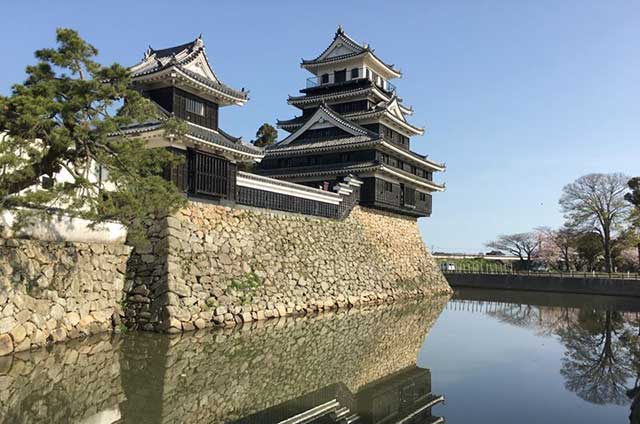
Kuroda Yoshitaka (1546–1604) was one of the closest advisors to the legendary military commander Toyotomi Hideyoshi. He took part in key military campaigns of the late 16th century, including the campaign against Shikoku in 1585 and the campaign against Kyushu in 1587. Later, during the second campaign in Korea, Yoshitaka served as chief advisor to the commander of the invasion forces, Kobayakawa Hideaki. After Hideyoshi's death, he swore allegiance to Tokugawa Ieyasu, thereby securing his influence and patronage under Japan's new leader.
-
Edo Castle
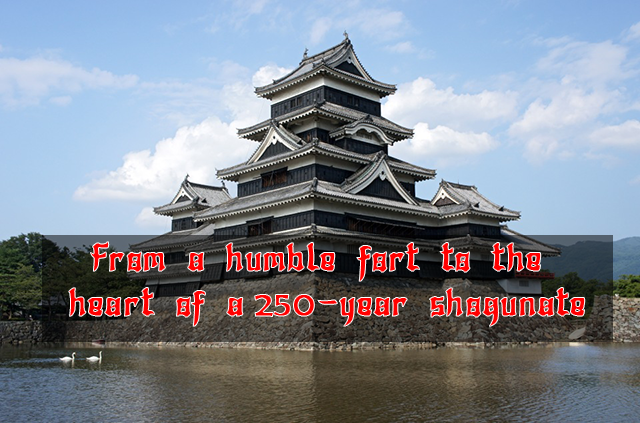
The history of Edo Castle dates back to the Heian period, when the Edo clan built a small fort on this site. In 1457, the vassal of the Uesugi clan, Ota Dokan (1432–1486), constructed a full-scale castle here. Internal conflicts weakened the Uesugi clan, and in 1524, Ota Dokan’s grandson, Ota Yasutaka, surrendered the castle without resistance to the forces of Hojo Soun, the ambitious leader of the Hojo clan. While Odawara Castle remained the clan's main stronghold, Edo was considered a key strategic fortress.
-
Samurai Museum Shinjuku
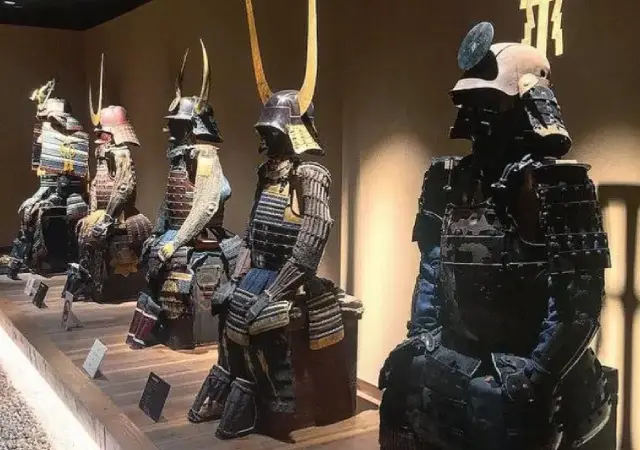
Situated in the vibrant district of Shinjuku, the museum showcases an extensive collection of samurai armor, weapons, and cultural artifacts spanning from the Kamakura to the Edo period. The exhibits aim to convey the samurai's unwavering commitment to honor and discipline, reflecting how their spirit continues to influence modern Japanese culture.

